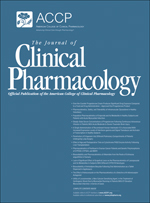
“The main pathological feature of Parkinson’s disease (PD) is the loss of dopaminergic neurons in the substantia nigra. In this study, we investigated the role of cannabinoid receptor 2 (CB2R) agonist AM1241 on 1-methyl-4-phenyl-1,2,3,6-tetrahydropyridine (MPTP)-induced neurotoxicity in a mouse model of PD.
Upon treatment with AM1241, the decreased CB2R level in the PD mouse brain was reversed and the behavior score markedly elevated, accompanied with a dose-dependent increase of dopamine and serotonin. In addition, western blot assay and immunostaining results suggested that AM1241 significantly activated PI3K/Akt/MEK phosphorylation and increased the expression of Parkin and PINK1, both in the substantia nigra and hippocampus. The mRNA expression analysis further demonstrated that AM1241 increased expression of the CB2R and activated Parkin/PINK1 signaling pathways. Furthermore, the increased number of TH-positive cells in the substantia nigra indicated that AM1241 regenerated DA neurons in PD mice, and could therefore be a potential candidate for PD treatment. The clear co-localization of CB2R and DA neurons suggested that AM1241 targeted CB2R, thus also identifying a novel target for PD treatment.
In conclusion, the selective CB2 agonist AM1241 has a significant therapeutic effect on PD mice and resulted in regeneration of DA neurons following MPTP-induced neurotoxicity. The possible mechanisms underlying the neurogenesis effect of AM1241 might be the induction of CB2R expression and an increase in phosphorylation of the PI3K/AKT signaling pathway.”








